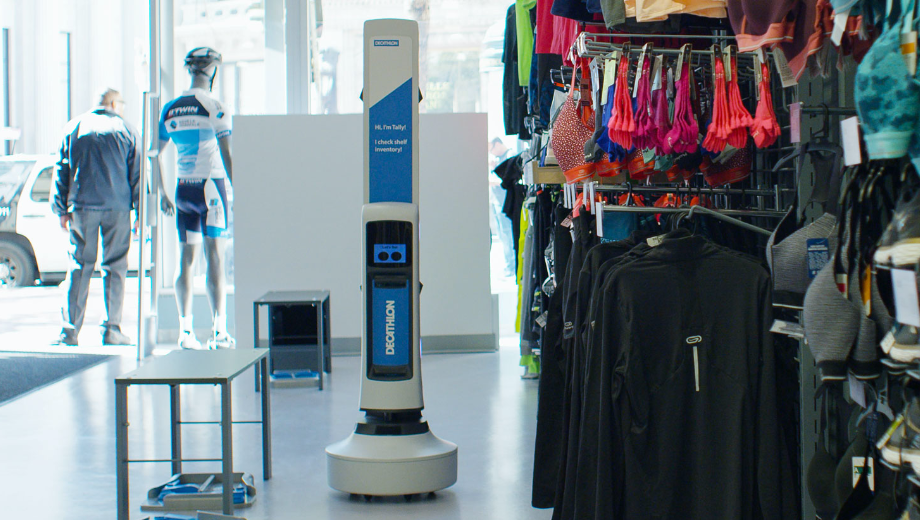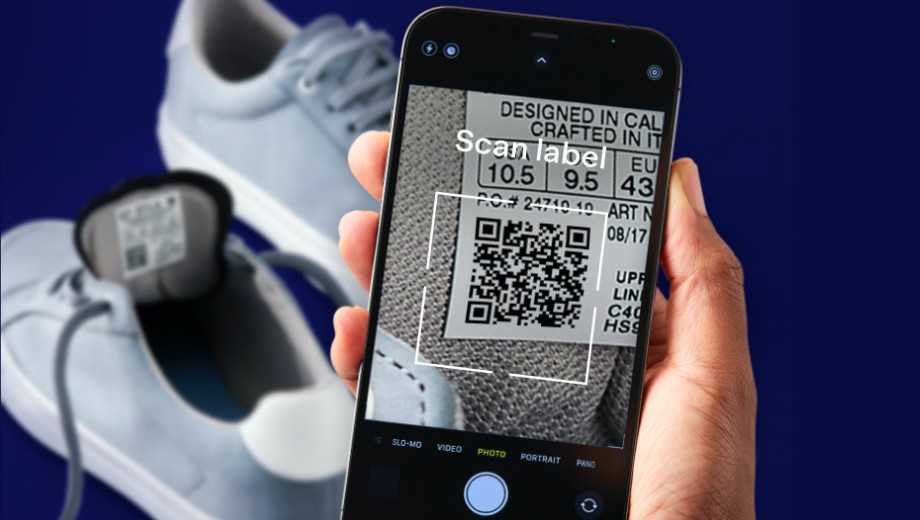You’ve likely seen the headlines reporting major retailers "closing stores" in neighborhoods where theft and organized retail crime (ORC) is out of control. ‘Shrinkage’, which has traditionally been regarded as the cost of doing business, is escalating into a profit crushing issue. In 2023 research revealed the average North American retailer is losing 1.6% of inventory to shrink, with internal and external theft accounting for 65%. Retailers have been caught by surprise and are resorting to drastic measures. A quarter of retailers reported closing locations, and a third are altering or reducing their in-store inventory to deter crime.
The impact beyond profit
When inventory is stolen it also causes negative experiences for customers and store personnel. Shoppers expect products in stores to be available and ready for purchase, and are often time-short. The new reality is products at all price points are at risk. Retailers are not just locking up luxury items behind security systems. For customers, it can be frustrating to have to ask store staff to unlock a low value item, and the next time they may choose to shop elsewhere.
Add in the alarming rise of in-store violence, which exacerbates the already pressing issue of frontline employee shortages, and you have an industry grappling with a $100+ billion cost in North America alone.
Which technology is the solution?
Retailers are implementing a variety of technologies to reduce theft, including solutions for deterrence and detection. A standard in-store loss prevention strategy will include Electronic Article Surveillance (EAS) systems and lockable display cases in combination with alarms and CCTV. Some retailers are investing in new advanced technologies using AI and machine learning to outsmart thieves. But what if there was a solution that's been right under our noses, yet vastly underutilized?
Loss prevention experts advocate technology
Dr. Read Hayes, a name synonymous with retail crime expertise, has been vocal about the underutilization of proven technology in the realm of Loss Prevention. As the founder and leader of the Loss Prevention Research Council (LPRC), Hayes has been at the forefront of retail crime research, with the backing of industry giants like Walmart, Target and Home Depot. The LPRC's extensive research and state-of-the-art lab have showcased the transformative potential of technologies, specifically RFID-based systems, in addressing theft, fraud and violence.
Is RFID the game-changer?
Recently Home Depot discovered and prosecuted an organized theft ring that had reportedly stolen $1.4 million of merchandise from the store. In the meantime, their competitor Lowe's, announced that they will integrate, in their future strategy, the Project Unlock, using RFID-based technology. Why?
RFID's capabilities are transformative. It empowers retailers with the ability to pinpoint:
- The specifics of each stolen item
- How each item was stolen
- When each item was stolen
- Who is stealing (and potential accomplices)
- Identify past theft patterns
Moreover, it provides real-time insights, alerting retailers when items believed to be in-store are missing. This isn't just theoretical. Macy’s, for instance, is integrating video surveillance with RFID to expedite crime resolution and enhance the quality of evidence for law enforcement.
Why RFID is not limited to inventory management?
While many retailers in fashion, home goods and personal care leverage RFID for inventory management (and it’s been an overwhelming success in omnichannel operations), its potential in Loss Prevention remains largely untapped. The fact that merchandise is already RFID-tagged presents a compelling case for its expanded use in theft prevention.
Yet old misconceptions persist. Is RFID also a viable solution in general retail sectors such as electronics and home improvement, and food retail? Innovations in RFID tagging and labeling solutions are now offering retailers in every sector inventory management and loss prevention tools for their entire product range. Retailers can also apply the technology more strategically to items that are known to be high risk. The National Retail Federation publishes an overview of merchandise most frequently targeted by ORC. For example, in general retail this includes kitchen accessories and diapers, and in the food sector alcoholic beverages, frozen seafood, and fresh meat. Each of these types of products has unique labeling challenges, such as substrate material, extreme temperatures, and food compliance, for which there are RFID-based solutions.
Review and rethink your RFID strategy
Loss Prevention professionals are doing commendable work in extremely challenging conditions, however it's time retail leaders re-evaluate their strategies. If your organization already employs RFID for inventory, it's imperative to explore its potential in Loss Prevention. As Dr. Hayes highlights, many might be overlooking intrinsic capabilities that are currently lying dormant.
Combating shrink through Loss Prevention is a complex challenge, and while RFID is a crucial component, it's part of a larger narrative. If you would like to stay ahead of the curve on how RFID is being used to create a safer, more secure and profitable retail environment, connect with our experts.



